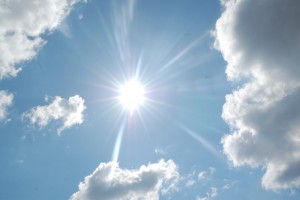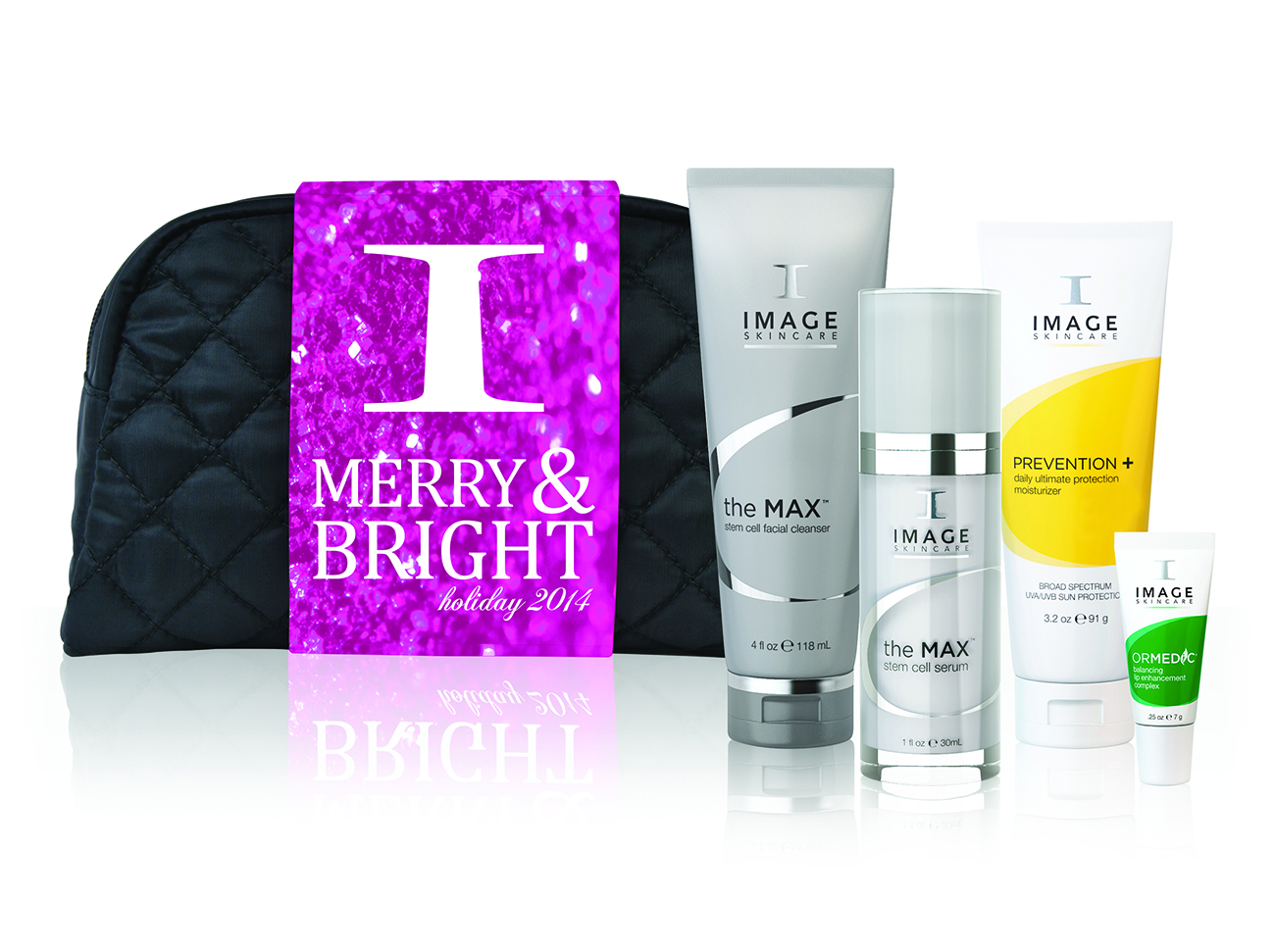The sun feels weaker, you’re spending less time outside and you think it’s ok to slack off on your usual SPF protection. You’re not getting burnt so you think you’re safe. Right? Wrong.
The sun’s harmful rays can be almost just as powerful and damaging despite what the thermometer says – especially UVA rays which are responsible for ageing. 90 per cent of visible ageing is due to sun damage – and it doesn’t all happen in summer.
UVB rays (which cause that tell-tale sunburn) are indeed less intense in the winter months, however UVA rays are still out in full intensity – all day and all year-long they hit with the same ferocity as in the very peak of summer.
“There is hardly a day that goes by when UV radiation does not threaten some acceleration in skin ageing or bring forward the time when skin cancer appears.”
UVA rays, which account for up to 95 percent of UV rays that reach the Earth’s surface, penetrate deeper into skin, cause wrinkles and have been associated with melanoma, the most deadly type of skin cancer. According to a 2014 report by The Australian Institute of Health and Welfare, Australia and New Zealand have the highest rates of melanoma in the world. In fact, one person will die every six hours from melanoma in Australia. While 90% of cases are treatable, prevention is the best cure.
Not only does year-round sunscreen application significantly reduce the risk of developing melanoma it also delays the signs of ageing. A 2013 study published in the Annals of Internal Medicine found that test subjects who used sunscreen daily decreased the speed of the skin’s ageing process by 24% compared to the group that did not.
It’s important to remember that UVA rays can even penetrate clouds and glass, so you’re still in harm’s reach when the sun isn’t shining, while driving to and from work, while sitting by the window in your office, or when going for a walk on a cloudy winter’s day. It may not feel particularly warm but the UV index is still high and can still lead to skin damage.
Winter skin is also more sensitive to sun than tanned summer skin. During winter the skin is no longer accustomed to UV radiation and melanin concentration is reduced, making it more susceptible to the sun’s effects . Melanin is the skin´s own pigment (responsible for the pigmentation or tanning of skin) and is built in response to UV light to protect the skin’s cells against damaging UV radiation. With less UV exposure in winter time, skin produces less melanin and as a result becomes more sensitive to UV radiation when the sunshine finally hits.
Hitting the slopes? UV protection is a must. Reflection of radiation from snow calls for aggressive sunscreen protection show can reflect some 80-90% of the sun’s UV rays. You may be actually safer on the beach mid-summer, with sand reflecting only 25% of UV radiation.
And if you think the added sunscreen in your moisturiser or makeup will suffice for the winter time, think again. While it’s definitely a great start for the time poor, unfortunately it doesn’t leave you fully protected from the effects of UV exposure. The SPF of sunscreens is measured using 2mg/cm-squared but studies have shown that most of us use less than half the amount necessary, which means we only end up getting a square root of what is written on the bottle (ie SPF 5 instead of 25).
Sun protection should be a habitual part of the daily routine and ideally it should be practised all year round. The harmful effects of UV rays are cumulative, and their long-term and irreversible effects – think increased skin ageing, reduced elasticity, wrinkle formation, uneven pigmentation and sunspots – might not be seen until many years later. Why risk it?











